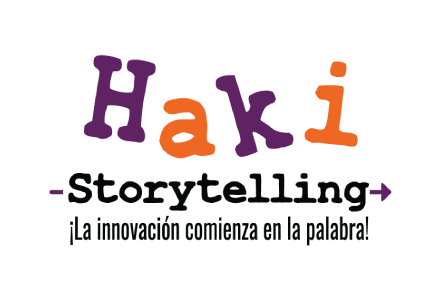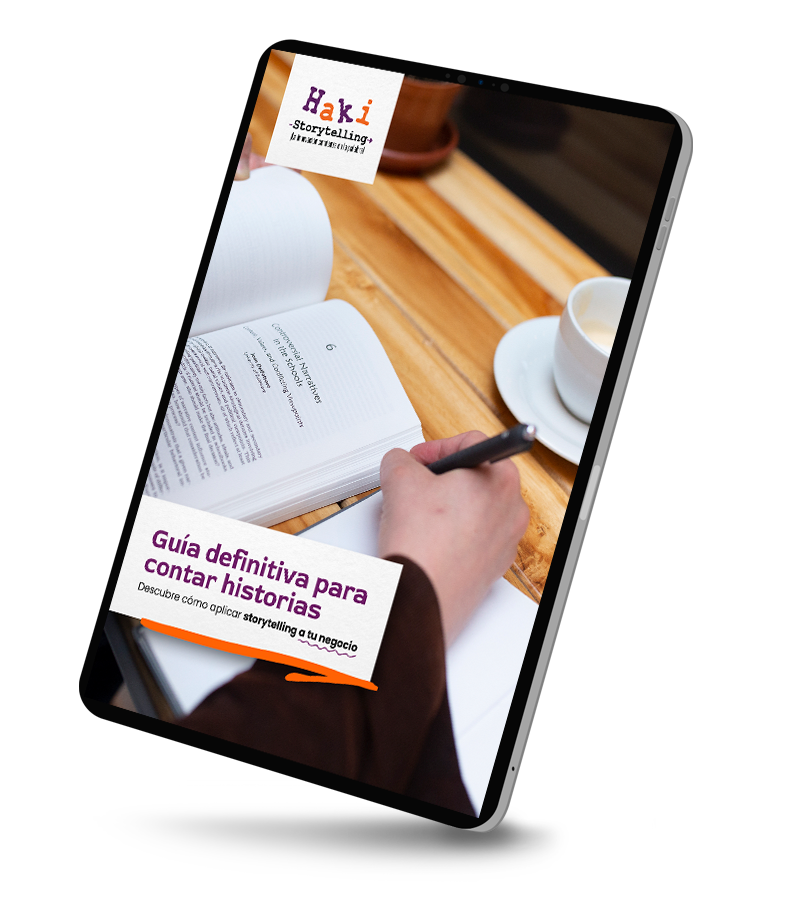Camila, una amiga, trabaja en un banco. Varias veces, hemos hablado sobre Storytelling y sus ventajas en un entorno corporativo. Hace poco se le presentó la ocasión perfecta para validar que contar historias en un ambiente empresarial vale la pena.
Los bancos, quizás, aun presentan ambientes de trabajo muy tradicionales; algo ni bueno ni malo y, en medio de todo, entendible, pues su personal vive inmerso en cifras y datos concretos, y el éxito de su trabajo depende en gran parte de ese tipo de información.
En una conferencia acerca de Storytelling Annette Simmons, autora del libro Storyfactor, contó en su charla “Antídoto contra la alienación” lo siguiente:“Antes de presentar una historia a las personas, ellas entienden que es lo que ocurre; lo pueden medir y lo pueden graficar”, situación que puede aplicar en un banco.
Volvamos con Camila. Ella trabaja en una división del banco, donde ningún área sabe que es lo que hace la otra, situación que se evidenció mediante la realización de una encuesta interna.
A raíz de esa situación, el director general organizó una reunión con el fin de que cada área le contara a las demás cuáles eran sus proyectos y la manera en que los desarrollaban. La instrucción general fue la siguiente: “Cada área tiene 5 minutos para decir que ha hecho y 5 para contar lo que viene.”
El jefe de Camila se reunió con su equipo de trabajo y, en un principio, la presentación se comenzó a organizar de manera tradicional, por no decir aburridora: diapositivas repletas de datos, cifras, porcentajes, texto, viñetas, etc. a Camila no le gusto el camino que había tomado la planeación de la presentación. Ella propuso realizar una infografía, para presentar los datos de manera más amable. A su jefe y al resto del equipo les pareció una buena idea, pero les surgió la siguiente inquietud “¿Cómo vamos a presentar lo que vamos a hacer a futuro si todavía no tenemos datos?
A Camila se le ocurrió la acertada idea de narrar una historia. Ella me preguntó cuál debería ser la estructura y le aconsejé la tradicional con sus tres segmentos: Exposición, confrontación y resolución. La primera donde se expone el personaje, la segunda donde se incrementa la tensión y suben las apuestas y la tercera en la que se cierra la historia y se le da un desenlace bien sea positivo o negativo.
Adicional a esto y para poder darle forma a la narración, Camila analizó junto al resto de equipo de trabajo, cuál es el usuario que se ve afectado por el trabajo de su área día a día, e identificaron a las sucursales del banco en distintos rincones del país, que se encuentran muy dispersas. Uno de los mensajes que debía dejar la historia, era evidenciar cómo el trabajo que realiza Camila y su equipo no está enfocado únicamente a las oficinas de las grandes ciudades.
Como uno de los aspectos más importantes que deben tener las historias empresariales es utilizar personajes con los que la audiencia se pueda relacionar fácilmente, Camila creo a “Juliana”, la Gerente de la oficina “Puerto escondido”, un nombre divertido que evidencia los problemas de comunicación con las sucursales.
Con la creación del personaje y la definición de un lugar en la historia, Camila comenzó a escribir una historia para describir el trabajo de su área. Como son muchos los roles y actividades que cubren, tuvo la necesidad de pedirle ayuda a sus compañeros de trabajo para que le ayudaran en el proceso de redacción.
“¿Escribir? Pero si nunca hemos escrito nada” le dijeron. “Yo tampoco, pero hagámosle”. Lo que comprueba que todos estamos en la capacidad de narrar historias, y lo que nos hace falta es práctica.
La estructura general de la historia que Camila diseño con su equipo fue la siguiente:
- Introducción de Juliana, como personaje principal de la historia.
- Presentación del conflicto (situación por resolver)
- ¿Qué hace falta por mejorar?
- ¿Qué vamos a hacer y qué es lo que viene?
Esta estructura encierra en dos tipos de historias: una que describe la situación actual y la otra, una historia sobre el futuro, uno de los tipos de historia más utilizados en entornos empresariales; Estas se basan en la visión, estrategias y el alcance de objetivos en un futuro específico y expanden la visión a una situación concreta, con personajes y conflictos por resolver.
Otra gran ventaja de las historias es que al momento de crearlas permiten que el trabajo sea más ameno y nos dan ciertas licencias creativas. El equipo de Camila decidió acompañar la historia, a medida que se narraba, con memes.
Al momento de la reunión todo el equipo de trabajo estaba ansioso “¿Y Qué pasa si nuestra presentación no le gusta al director general? ¿habremos hecho lo correcto? ¿Las imágenes de broma si serán aceptadas por la audiencia? Estas y otras preguntas se paseaban por sus cabezas.
El moderador de la reunión preguntó qué área quería exponer primero y, obviamente, el equipo de trabajo de Camila, no aguantó las ganas de compartir la historia que habían creado.
La presentación fue un éxito rotundo. Todos se identificaron con el personaje de Juliana, la directora de la oficina “Puerto escondido”, y en cada una de las siguientes presentaciones, las demás áreas hicieron referencia al personaje de Juliana con alguno de los temas que expusieron y sus labores diarias.
Queda claro que el uso de historias aplica para cualquier entorno empresarial, y que solo nos hace falta buscarlas y comenzar a narrarlas a través de diferentes formatos narrativos
*****
ONE WAY TO TELL STORIES IN A BANK
Camila, a friend, works at a bank. We have discussed repeatedly about storytelling and its advantages in a corporate environment. A while ago she had the perfect occasion to validate that telling stories in a business environment is worth it.
Banks may represent a traditional working spaces, something neither good nor bad and understandable, since its staff lives immersed in numbers and concrete data, and their success depends largely on that kind of information.
In her “Antidote to alienation” conference Annette Simmons, author of the book Storyfactor, said: “Before we introduce people to story, they understand what’s going on, they can measure it, they can put it on a graph.”, something that could apply in a bank.
Lets get back to Camila. She works in a bank division, where none of the areas know what the others are doing, an issue that became evident with an internal survey.
Due to that situation, the General director arranged a meeting with the purpose that each area could tell the others about their projects and the way they were developing them. The instruction was: “Each area has 5 minutes to tell what they have done and 5 to tell what’s coming”
Camila’s boss gathered his work team and, in the beginning, the presentation began to be organized in a traditional, not to say, boring way: Slides filled with data, numbers, percentages, bullet points, etc. Camila proposed to do an infographic, to present the data in a friendlier way. His boss and the rest to the team agreed to that, but they had a concern, “How are we going to present the future projects if we don’t have any data?” they asked.
Camila came up with the wonderful idea of telling a story. She asked me what the structure should be and I advised her the traditional one with its three segments: Exposition, confrontation and resolution. The first one where you expose the character, the second one where tension arises and stakes are raised and the third one where you close the story giving it whether a positive or negative denouement.
In addition to that, and to give form to the narrative, Camila analyzed with the rest of her team, which user gets affected because of their daily work, and they identified the bank offices in the different corners of the country, that are really dispersed. One of the messages that the story should leave, was the evidence that Camila’s area work isn’t just focused on the main cities offices.
Since one of the most important aspects that corporate stories should have is to use characters that the audience can relate to easily, Camila gave life to “Juliana”, the manager of a fiction office called “Hidden Port”, a name that evidences the problem of communication with the offices.
With the creation of the character and setting of the story, Camila began writing one that described her area work. Since they cover too many roles and activities, she asked her workmates for help in the writing process.
“to write? But we have never written anything”, they said. “Me neither but lets do it”. She responded. This proves that we are all in capacity of telling stories, and that the only thing that we need is practice.
The general structure of Camila’s Story was the following:
- An introduction of Juliana, as the main character of the story
- Presentation of the situation to solve (Conflict)
- What is needed to improve?
- What are we going to do and what’s coming?
This structure encloses two types of stories: One that describes the current situation and the other, a story that talks about the future, one of the most commonly type of story used in companies; the second one is based on the vision, strategies and the scope of a specific future and they expand the vision to a concrete situation, with characters and conflicts to be solved.
Another great advantage of stories is that in the moment of their creation, they allow our work to be more fun and give us some creative licenses. Camila´s team decided to accompany the text with memes, whilst being narrated.
At the moment of the meeting her work team was really anxious “What if the general director doesn’t like our presentation? have we done the right thing? Will the funny images will be accepted by the audience?” This and other questions walked in their heads
The meeting’s moderator asked who wanted to present first and, obviously, Camila’s team could not stand the urge of sharing what they have done.
the presentation was a total success. Everybody identified with Juliana’s character, the director of the Hidden port office, and they referred to her in each of the following presentations.
It is clear that the use of stories applies for any business environment, and that we only need to search those stories and start telling them, through different narrative formats.






